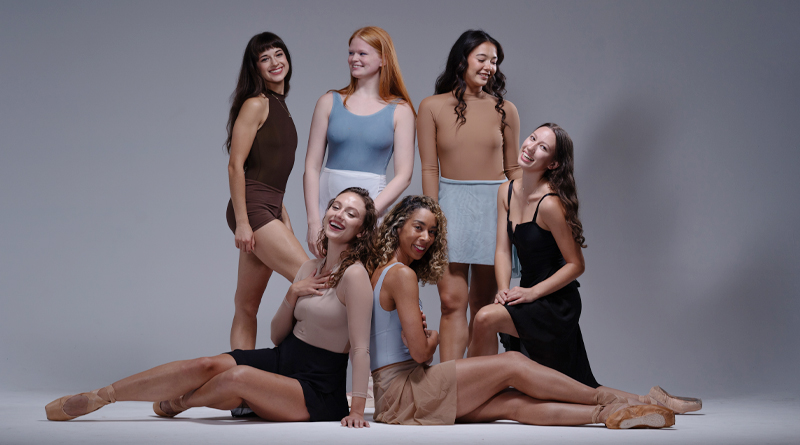Pegasus Brings New Energy To Historic Art Form
Mention ballet, and thoughts might turn to scenes from Swan Lake or The Nutcracker, but Diana Crowder is asking audiences to also picture painters, poets, and DJs.
Crowder, the founder of Pegasus Contemporary Ballet, began dancing at age 3 and never stopped.
She was classically trained and after a more traditional ballet career, began to freelance and enter new creative spaces.
She began working in spaces that allowed choreographers and dancers to work together to create more contemporary and personal works.
“And I fell in love with contemporary ballet,” Crowder said.
When the pandemic hit and live performances became increasingly rare, Crowder began to think about “how do you facilitate this artwork that I dedicated my life to and cared so deeply about.”
“I became really interested in arts management and not just performing but also producing,” Crowder said.
The desire to bring contemporary ballet to Dallas along with a newfound passion for management led to the creation of Pegasus Contemporary Ballet in 2021.
Contemporary ballet can look like a lot of different things. At its core though, it is about taking the practice of ballet and pushing it past its normal limits to see what else can be created with the familiar pieces.
“(Ballet is) so deeply entrenched in history and tradition. But contemporary ballet takes that classical art form and presents it for audiences today,” Crowder said. “And when we collaborate and cross-pollinate with other artists and other kinds of disciplines, I think that you truly can create something greater than the sum of its parts.”
Dancing to live poetry readings, improvising with jazz bands, and wearing outfits painted by artists while dancing in an art gallery are all ways Pegasus is pushing boundaries and drawing Dallas communities closer together.
While audiences can never be sure what to expect, the same is true for the dancers.
Kiera Mays was the first dancer hired at Pegasus and has stayed with the company since its beginning. Crowder reached out after watching Mays’ senior dance at SMU.
Mays said she appreciates the freedom that contemporary ballet offers.
“I always wanted to do ballet, but I just found that classical ballet started to feel a little restricted and that there was a definite path,” Mays said.
Between performances where the dancers speak and act and 19 commissioned works of choreography, Pegasus offers a unique path.
“The contemporary ballet that’s being created now is also very intellectually challenging for the dancers,” Mays said. “When to use your ballet technique, when to use contemporary techniques or modern techniques. There’s a lot of blending and thinking that happens in the moment.”
Crowder also acknowledged the negative portrayal of ballet and its connection to mental health in the media and said Pegasus is committed to creating an environment where its artists feel safe and supported. An environment that Mays said feels like a family.
“I think contemporary ballet is really fostering that, because you can’t create that art without that vulnerability. You can’t be vulnerable when you’re not comfortable.”









